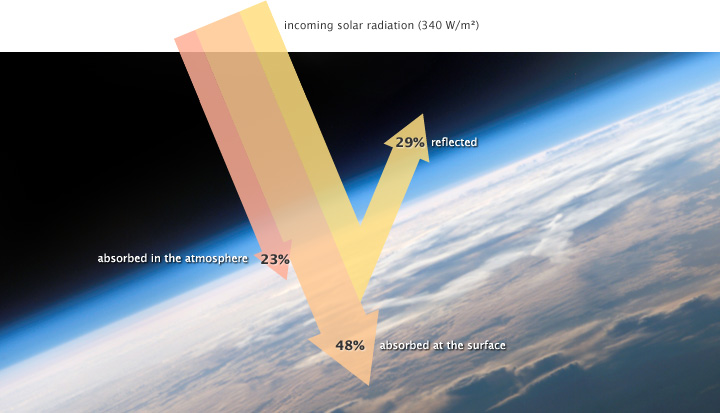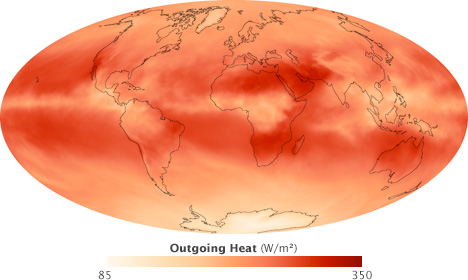there really is no need.
No matter what anybody says, its clear you will not change your mind.
It just boggles me that you dont think the world is not affected by humans.. Thats all.
take care,
i'm in awe of the space he has wasted posting shit no one reads...









